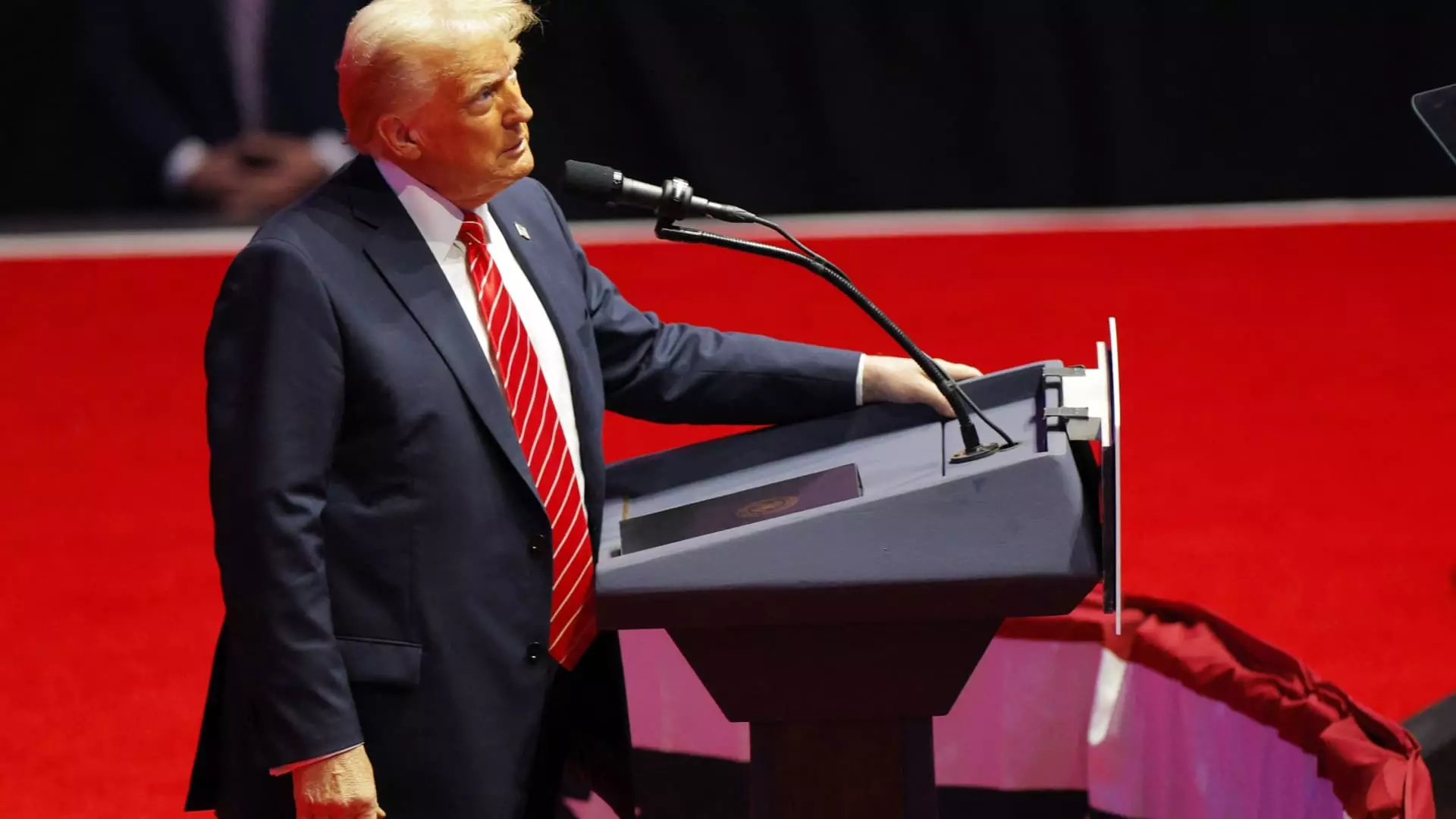With the approaching inauguration of President-elect Donald Trump, the world watches closely for the anticipated executive actions that come with new leadership. Contrary to the expectations of many, however, one of the more contentious issues—tariffs on trading partners—is not set to take immediate effect. Initial reports hint at a broader trade memorandum designed to analyze trade practices and policies rather than impose immediate economic penalties. This decision indicates a nuanced approach that diverges significantly from the bold tariffs that characterized Trump’s campaign rhetoric.
Trump’s initial campaign stance was aggressive, advocating for significant tariffs that he claimed would protect American jobs and reinvigorate the domestic economy. Proposals included blanket tariffs of up to 20% on all imports, with even higher rates, around 60%, aimed specifically at imports from China. Such sweeping measures were not just part of a political strategy; they represented a fundamental economic philosophy. However, as the realities of governance set in, particularly the complexities of global trade relationships and the potential ramifications for American consumers, Trump’s strategy appears to be evolving.
Moving towards a more analytical stance, the planned memorandum implies a commitment to reassess trade agreements instead of hastily implementing punitive tariffs. This could signify a strategic pivot aimed at balancing assertive nationalism with economic prudence—an essential maneuver as the administration prepares to tackle the economic aftermath of the COVID-19 pandemic.
The potential shift from aggressive tariff measures to a more measured approach has not gone unnoticed in economic circles. Many economists voiced concerns during the campaign about the implications of Trump’s proposed tariffs. Protectionist policies could indeed inflate production costs, which would invariably lead to higher prices for American consumers, undermining the recovery efforts from pandemic-induced economic downturns. Rather than fostering growth, such an approach might hinder it by disrupting supply chains and inciting retaliatory tariffs from affected countries.
This dilemma encapsulates the tension between Trump’s campaign promises and the practical realities of his presidency. As he seeks to carve out a new path for U.S. trade relations, the administration faces the challenge of designing policies that encourage domestic investment without alienating international partners.
In light of these developments, the subsequent actions taken by the Trump administration will be critical in shaping the future of U.S. trade policy. The commitment to a thorough analysis of trade practices signifies an initial step towards a carefully considered agenda that could lead to more sustainable economic outcomes. It remains to be seen whether this analytical approach will manifest into a robust trade policy that balances the needs of American workers with the realities of global commerce.
Ultimately, Trump’s ability to deliver on his promises while engaging thoughtfully with international trade will be a significant test of his leadership as he approaches a pivotal moment in his presidency. The coming weeks could determine the course of not only his administration but also the larger economic landscape as the country moves forward from a period of uncertainty and inflation.

